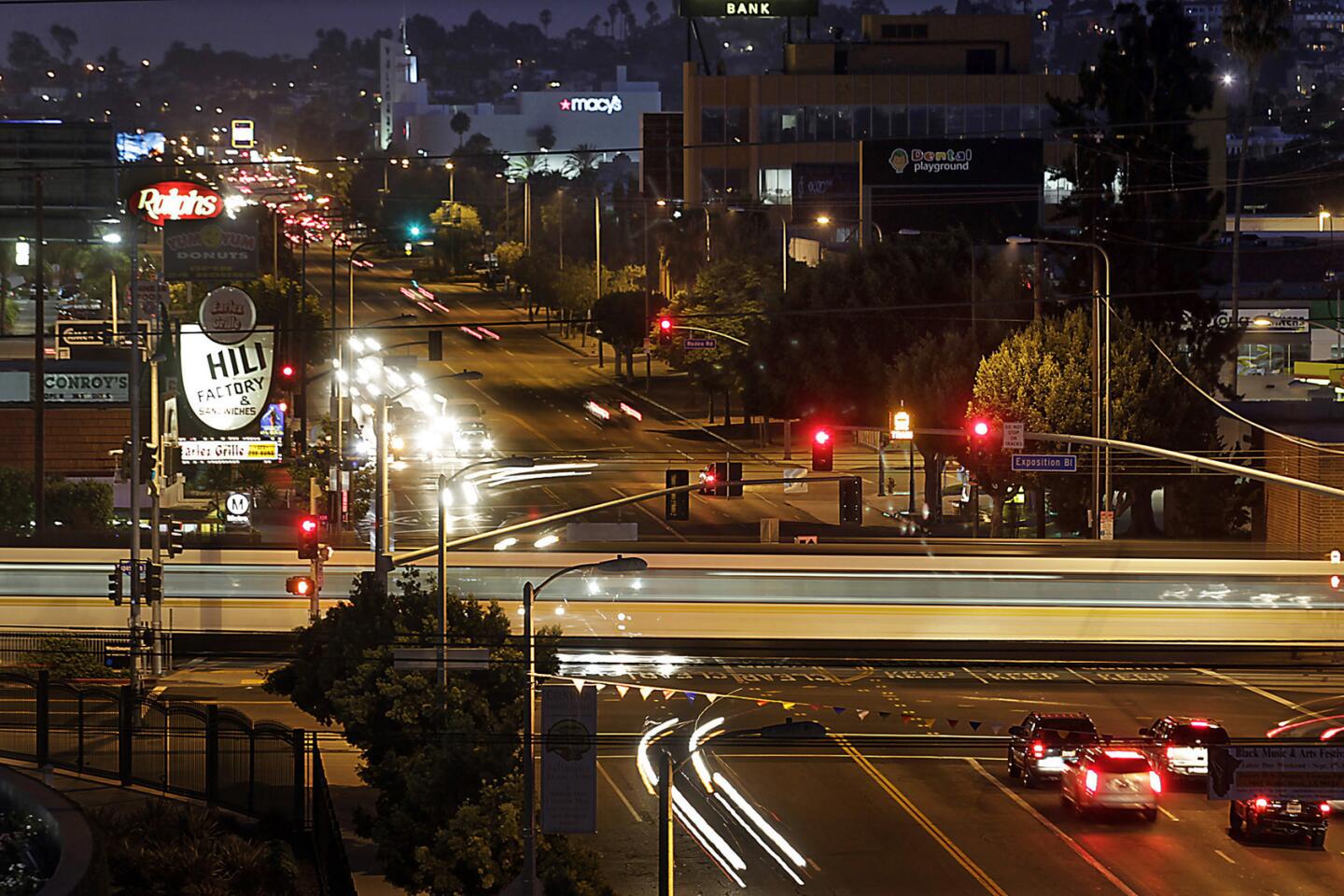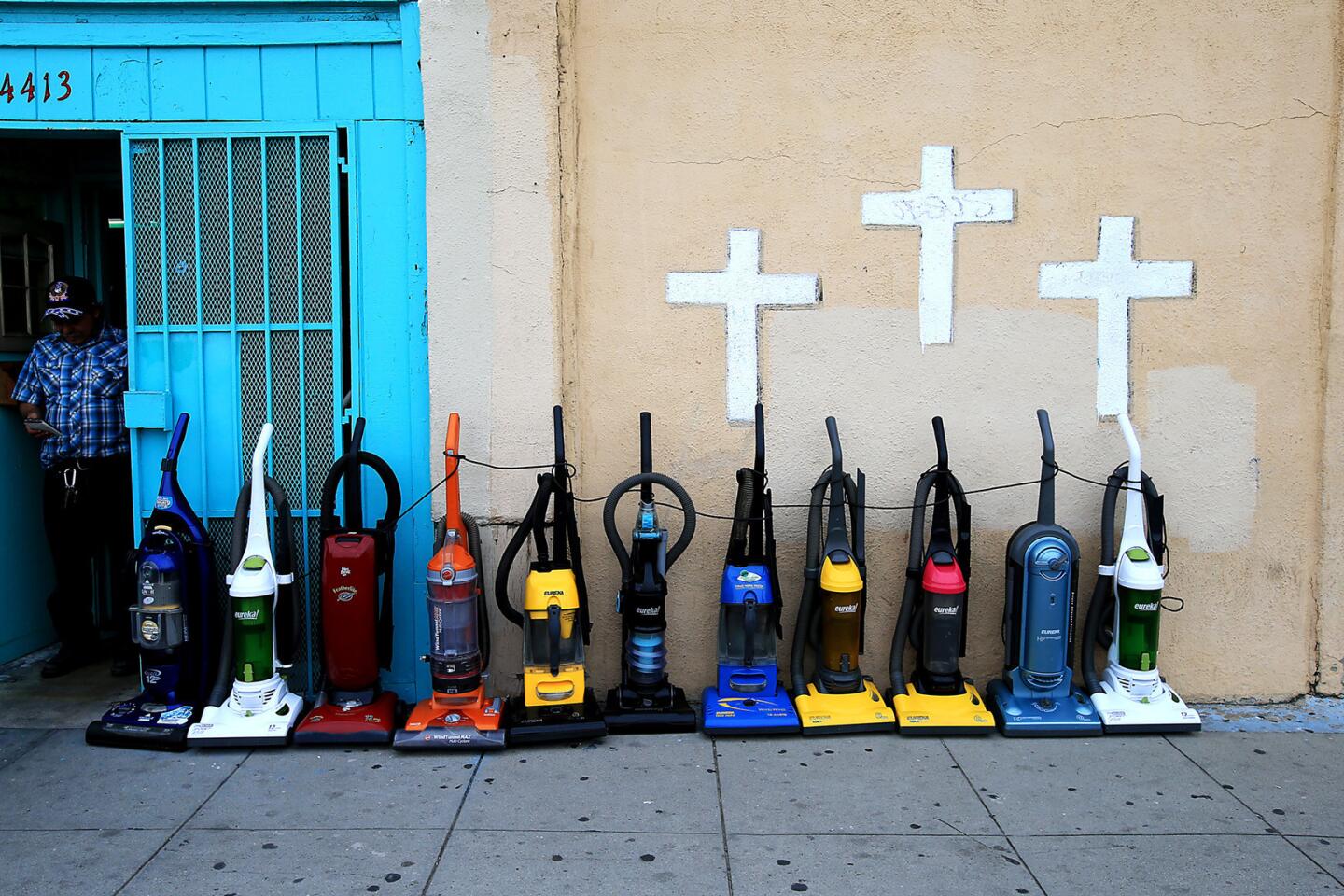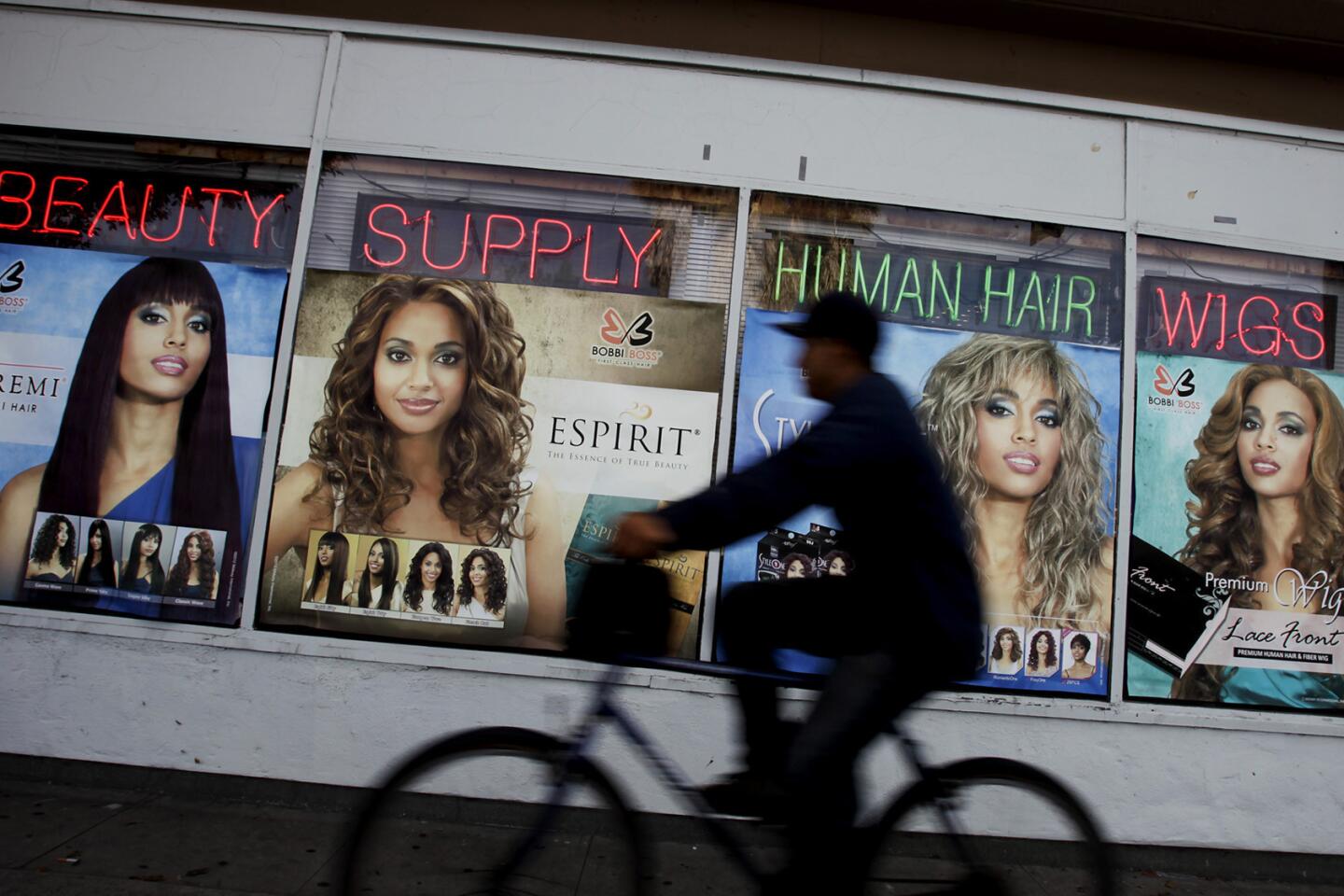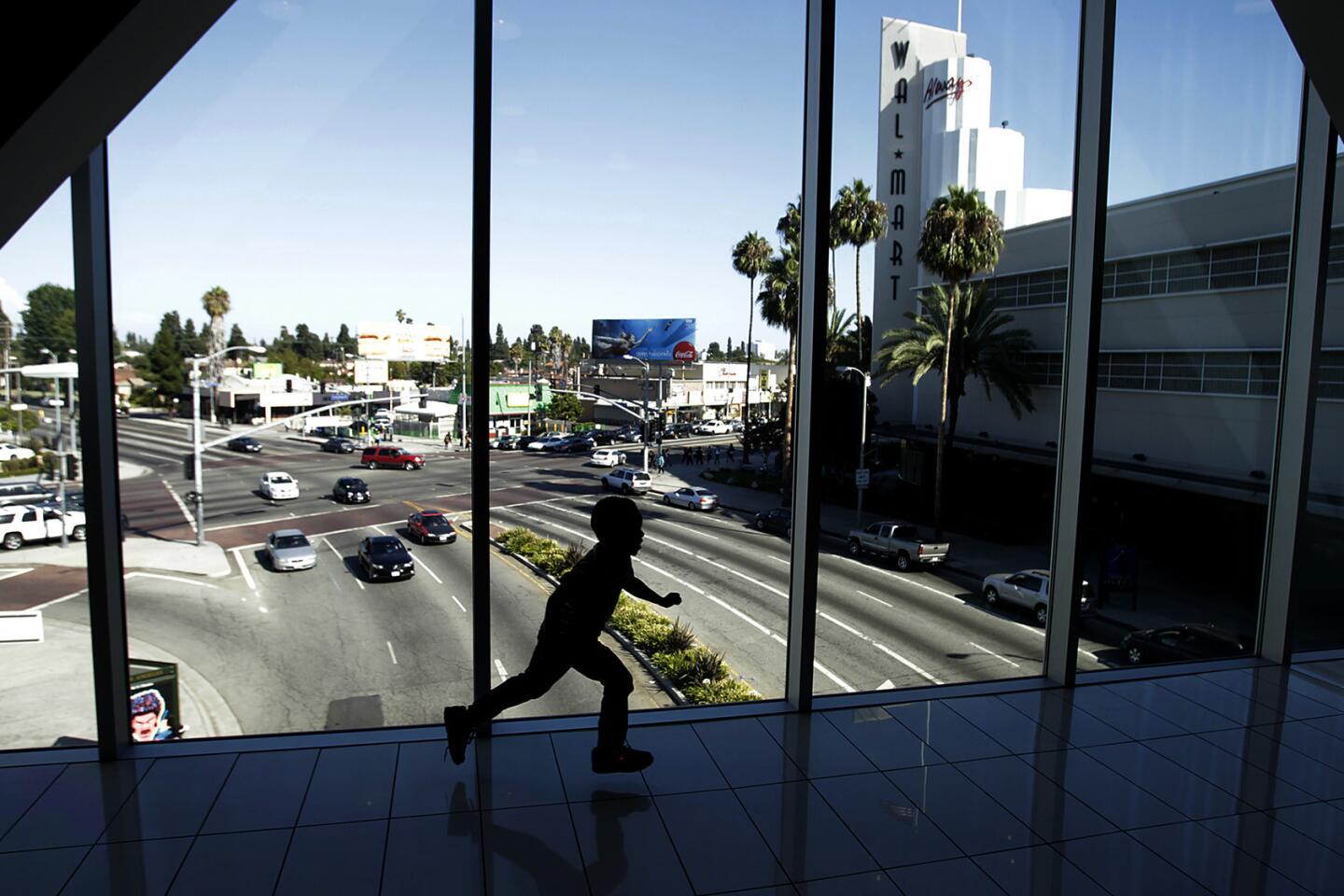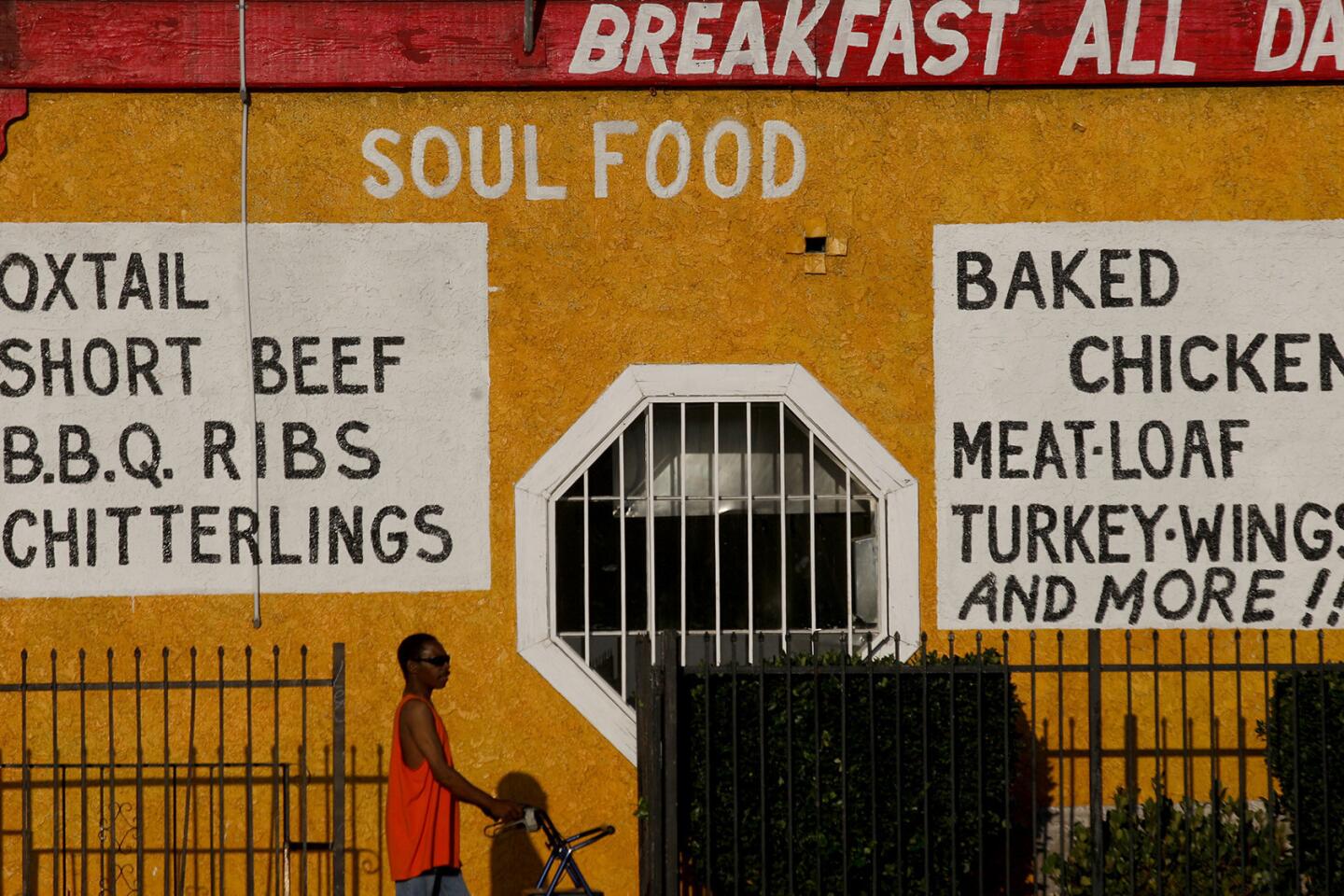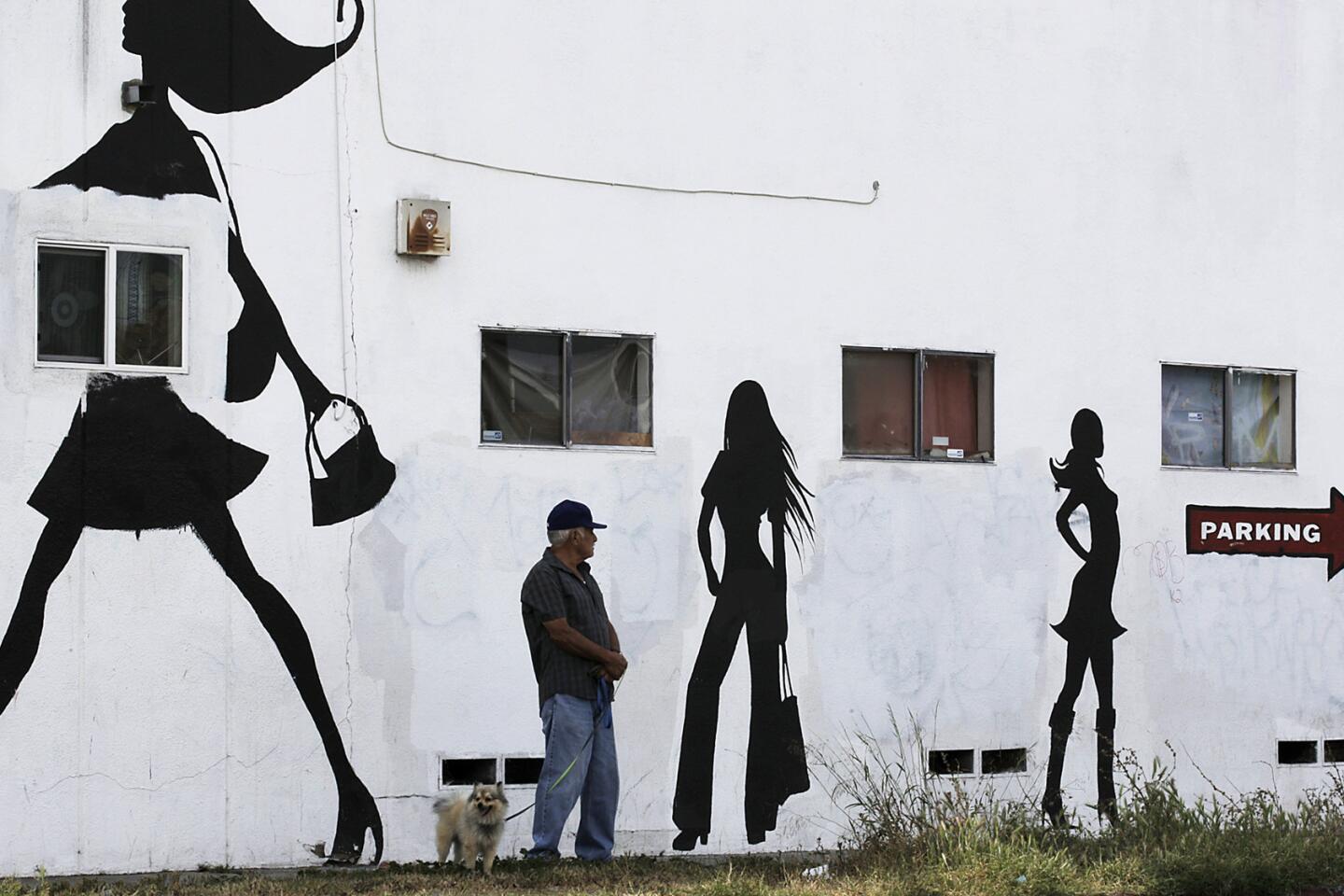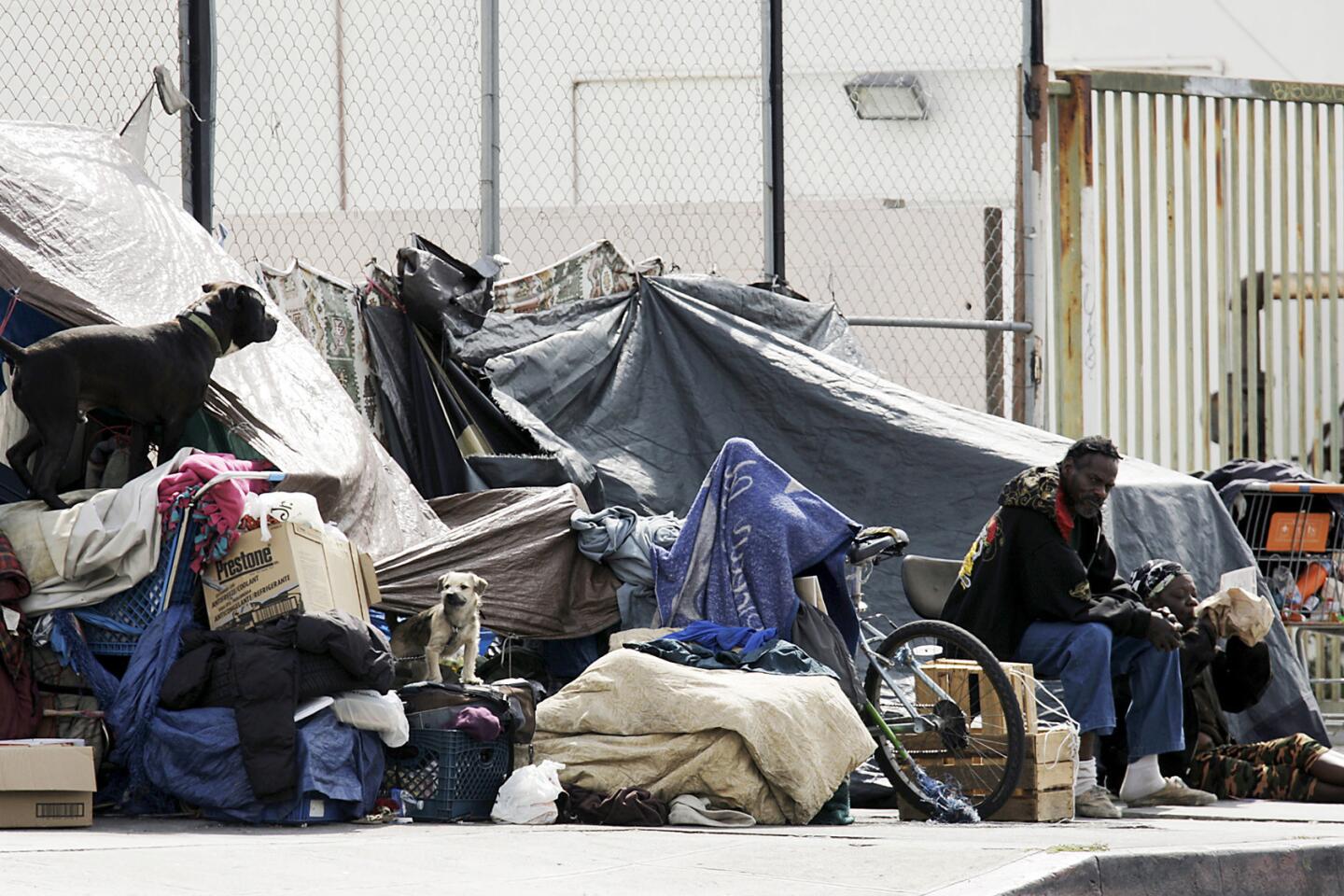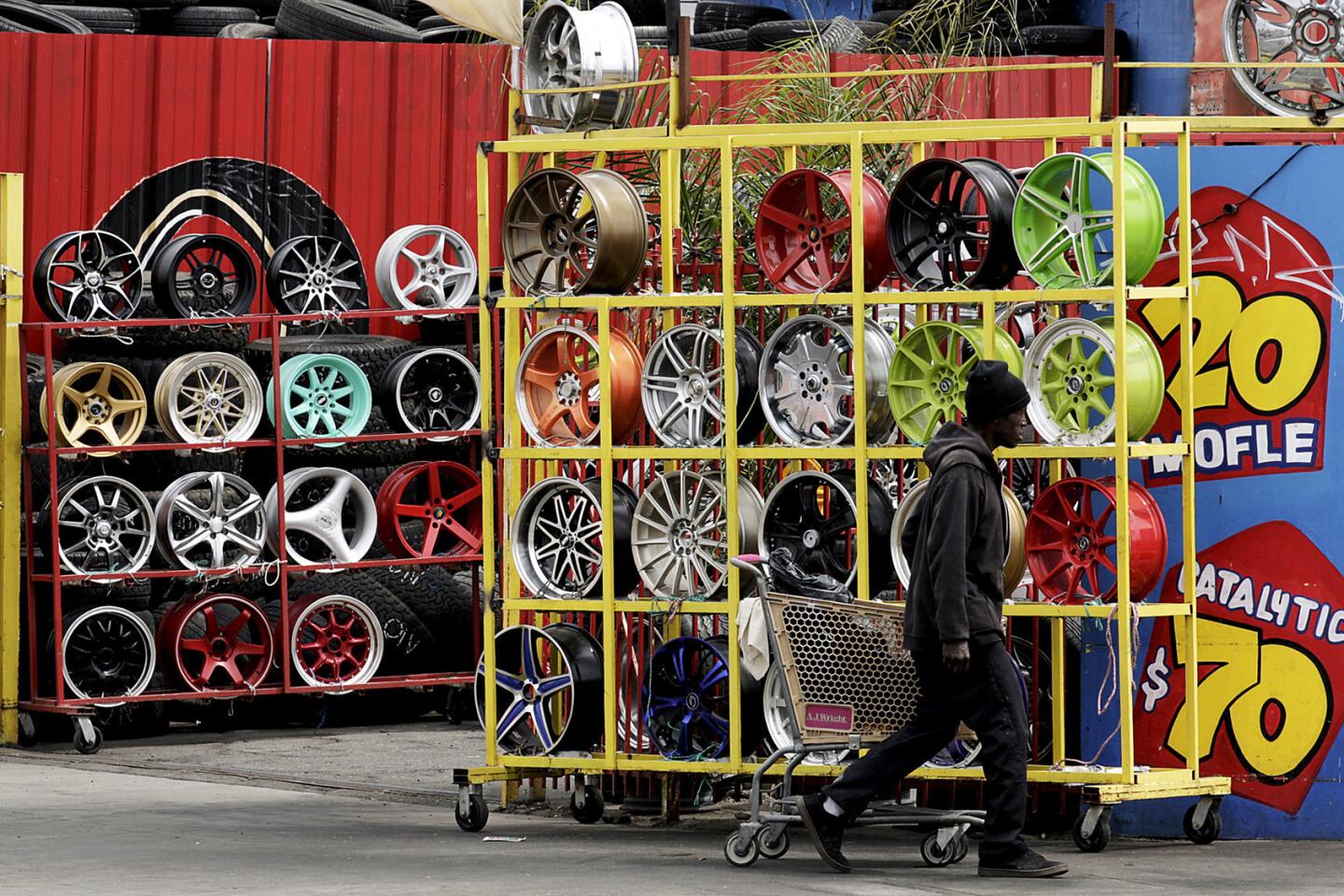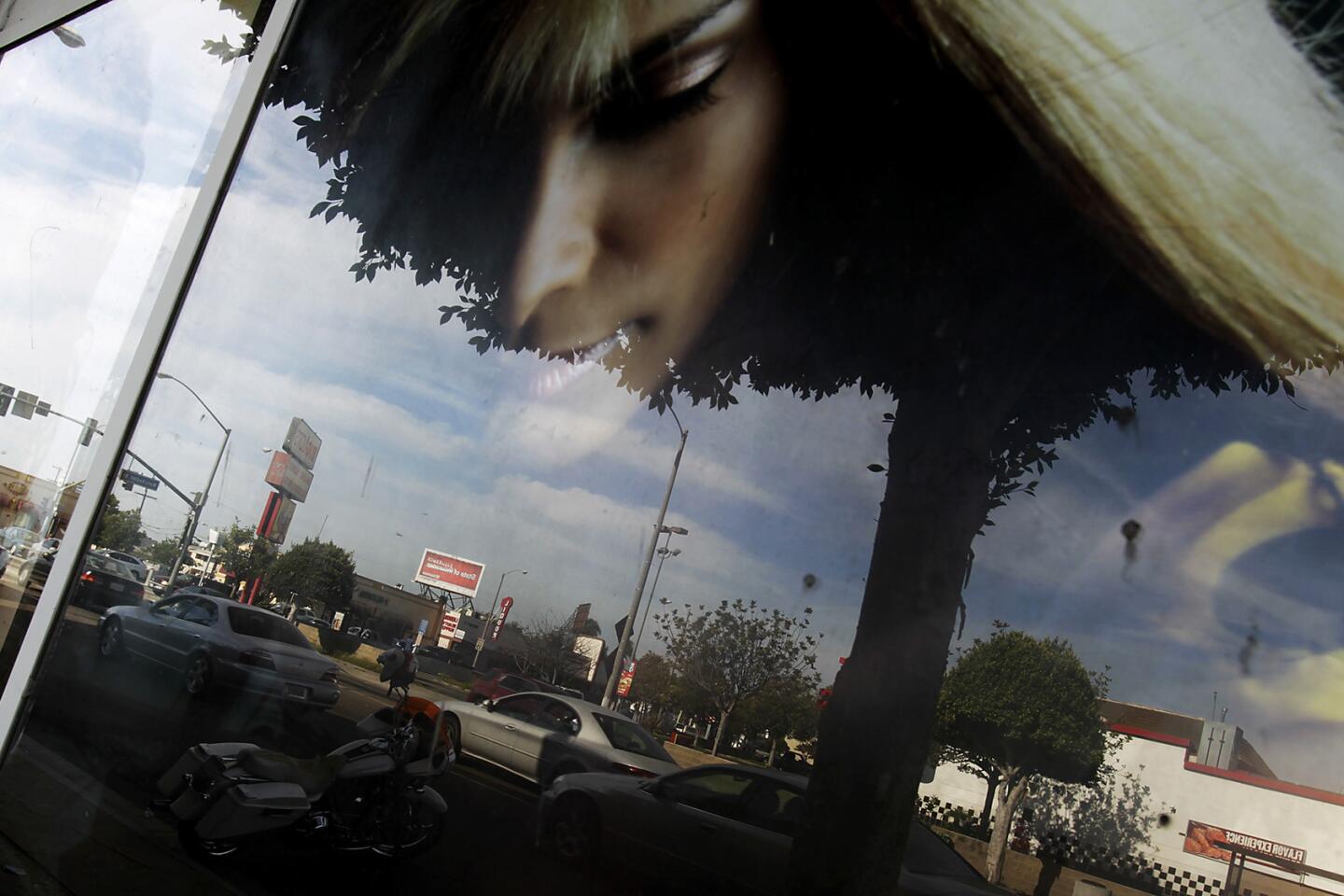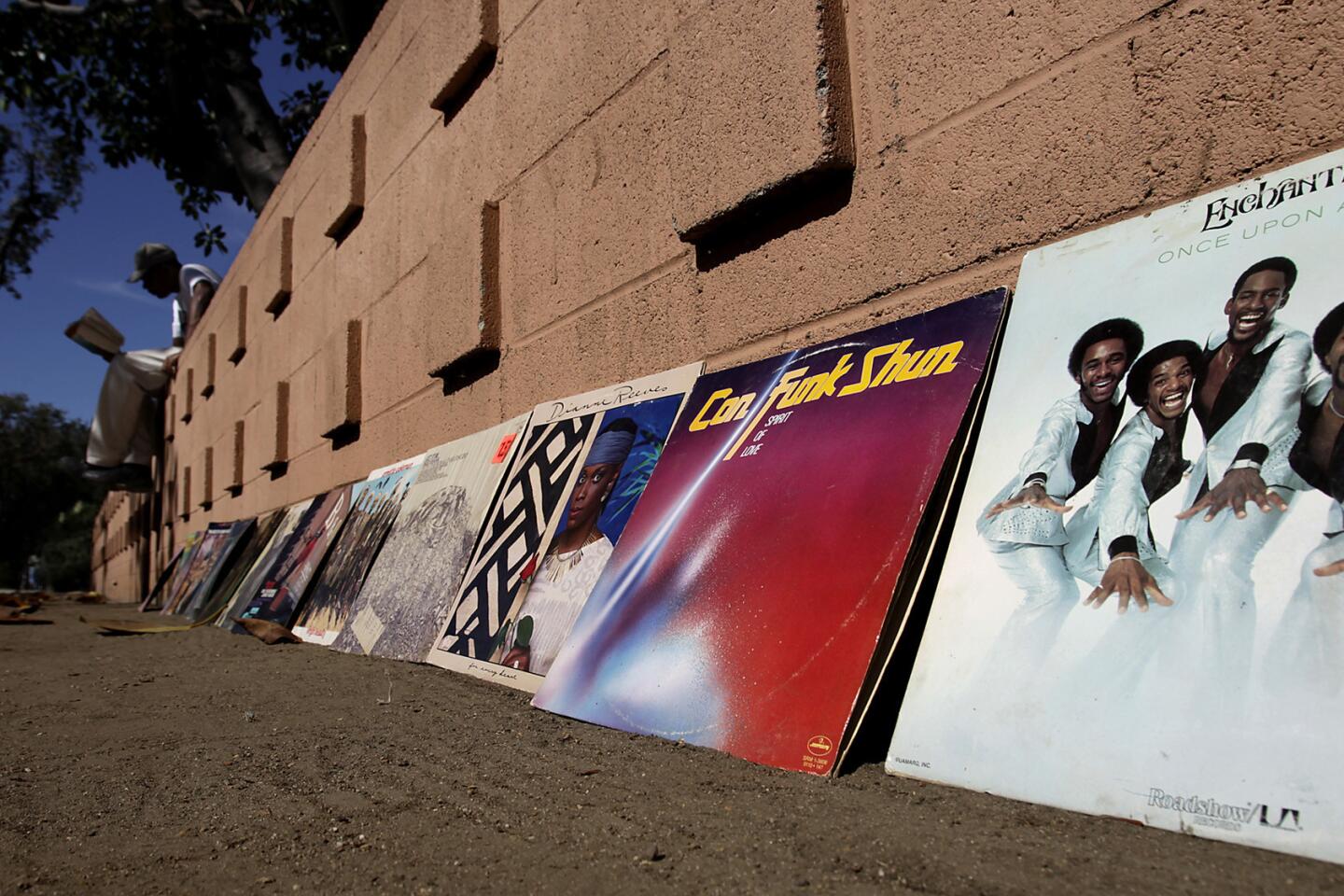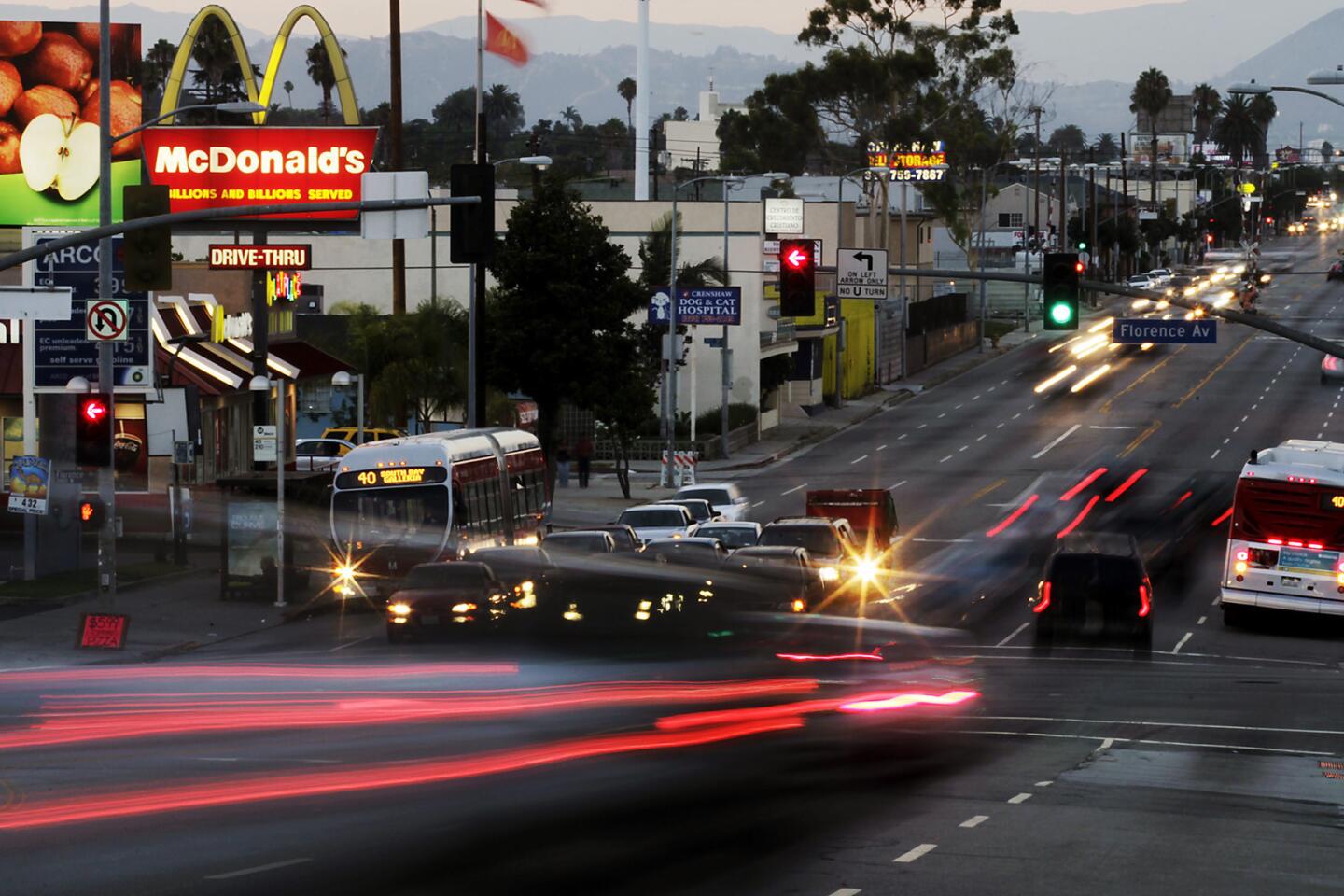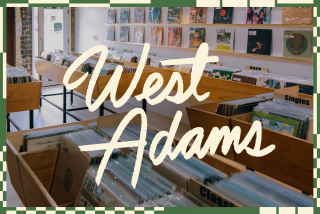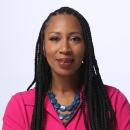Can South L.A. re-brand again? How does ‘SOLA’ sound?
- Share via
Twelve years ago, residents on Los Angeles’ south side complained that their neighborhood had become synonymous in popular culture with gangs, murder, drugs and despair.
So they got the Los Angeles City Council to re-christen South-Central as South Los Angeles, hoping the change would remove the stigma.
Since then, the area experienced something of a rebirth: Crime has fallen substantially and some streets are cleaner and offer better shopping options.
Now, some in the area want to change the name once again, this time to SOLA — an abbreviation for South L.A.
Such nicknames have become popular as gentrification reshapes urban geography. There are Dumbo and SoHo in New York, SoMa in San Francisco and WeHo (West Hollywood), NoHo (North Hollywood) and DTLA (downtown L.A.) locally.
Los Angeles Councilman Bernard C. Parks said some of his constituents like the hip sound of SOLA.
“They see these other communities reinvigorated by these contemporary names,” said Parks, who represents Council District 8. “And they wonder, at times, why their community is lagging behind.”
But this name change is generating serious debate that mirrors larger questions about the future of the area.
The south side is about to see some major changes, first and foremost a rail line down Crenshaw Boulevard. A new residential and retail village is planned around the Baldwin Hills Crenshaw Plaza. And a similar $1-billion complex called SoLA Village has been proposed on the edge of Historic South-Central.
Many residents are cheering new shops and services, saying that for decades developers had little interest in the south side. But there is also fear that working-class residents could be priced out if South L.A. became the next trendy neighborhood. And those worries are tied up in SOLA.
Some want to slow down and think about the name change in the larger context of what is happening to the community.
“We need a true focus group to see if this is what the residents want,” said Gloria Walton, who is head of Strategic Concepts in Organizing and Policy Education. “But it begs the question: Who is the name change really for? It is really for the residents who live here now or is this about gentrification?”
Barber A.O. Hernandez, 33, said SOLA feels like an attempt to make the area seem like something it’s not.
“It’s a facade,” Hernandez said. “The name is used to make outsiders feel safe. You are in the same place with the same people.”
There are no specific boundaries for South L.A. But it generally is used as a catchall for several areas south of the 10 Freeway from Watts to the Baldwin Hills.
A smaller portion of that territory got the name South-Central generations ago when the black jazz scene exploded along Central Avenue. The name expanded geographically as racial covenants ended and blacks moved farther west.
By the 1990s, South-Central had been inextricably linked in movies and rap about gangs and urban decay.
When the city changed the name to South L.A., it got assurances from TV stations and businesses that they would use the new name. New signs were also erected.
Later, the city started an effort to give formal names to smaller neighborhoods. So South L.A. now encompasses places such as Vermont Knolls and Green Meadows.
Earl Ofari Hutchinson, president of the Los Angeles Urban Policy Roundtable, said that SOLA is more for outsiders who might view the area in a new light with a different name.
“South L.A. that has been so beaten up and battered and really lambasted in terms of the public image,” said Hutchinson, a lifelong resident. “A change could be helpful. There might be a different perception in terms of putting resources, time, energy and more efforts into an area that’s no longer, at least name-wise, is seen as pariah.”
Erin Aubry Kaplan, an Inglewood-based author who writes about the black community, said that branding the area SOLA is a cosmetic change that fails to address the deeper issues of access to quality education, good jobs and safer neighborhoods.
“The fact that we keep changing the name of South-Central/South L.A. really points to the fact that we haven’t done enough to make it a different place,” said Kaplan, who grew up in what’s now called Gramercy Park. “To make it a place you want to go, and not afraid of, you got to change a lot more than the name.”
South L.A. has long struggled economically, especially compared with other more prosperous communities that have embraced new hip names. But Parks argues the south side stands to benefit if it follows the example of those areas.
“They didn’t want to be a vast wasteland called something that meant something to other people,” he said. SOLA “gives people the flexibility to modernize as other communities have.”
Josue Bolanos, 32, also supports the change.
Growing up, he proudly exclaimed he was from “South-Central L.A. all day.”
“They would make faces or say ‘You’re in the hood,’ “ he recalled.
Now, as the owner of DGM Barbershop in Jefferson Park, he directs clients to his shop by saying it’s near USC. He said rebranding the area could shift the attitudes of residents and visitors.
“You give something a hip name, it could catch on and change the way people look at this part of the city,” he said.
More to Read
Sign up for Essential California
The most important California stories and recommendations in your inbox every morning.
You may occasionally receive promotional content from the Los Angeles Times.
